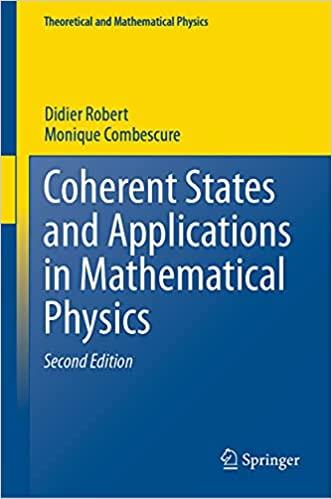Answered step by step
Verified Expert Solution
Question
1 Approved Answer
Hooke's Law and Simple Harmonic Motion Purpose: To investigate Hooke's law and simple harmonic motion of an oscillating spring-mass system Theory: Hooke's law is F
Hooke's Law and Simple Harmonic Motion Purpose: To investigate Hooke's law and simple harmonic motion of an oscillating spring-mass system Theory: Hooke's law is F = -kx, where k is the spring constant and x is the displacement of the spring from equilibrium. The negative sign indicates that the force of the spring on an attached object is always opposite the direction of the object's displacement, thus attempting to bring it back to its equilibrium position. For a spring and mass system undergoing simple harmonic motion, the period of the oscillation is T =2 M K . The period is independent of the oscillation's amplitude (for non-chaotic motion and within the spring's limit of elastic behavior). The mass M is the mass hanging from the spring plus one-third of the mass of the spring, since the bottom portion of the spring must be moved during the oscillation as well. (In lecture, we usually assume that we are working with "ideal" springs that are massless. In that case, M is simply the mass attached to the spring. It is difficult to locate such ideal springs, even at the physics stores that sell frictionless pulleys, massless ropes, and point-like objects.)
Step by Step Solution
There are 3 Steps involved in it
Step: 1

Get Instant Access to Expert-Tailored Solutions
See step-by-step solutions with expert insights and AI powered tools for academic success
Step: 2

Step: 3

Ace Your Homework with AI
Get the answers you need in no time with our AI-driven, step-by-step assistance
Get Started


